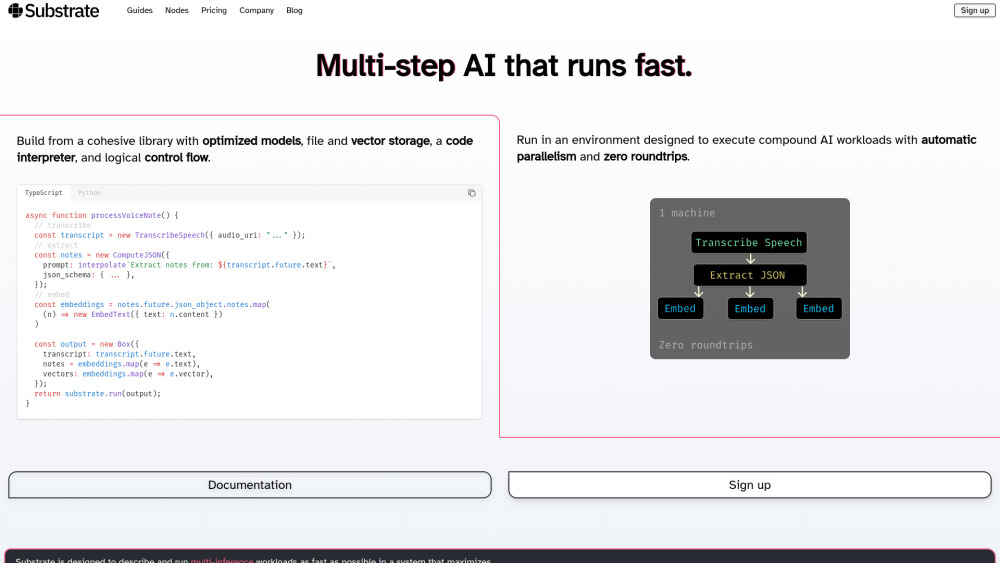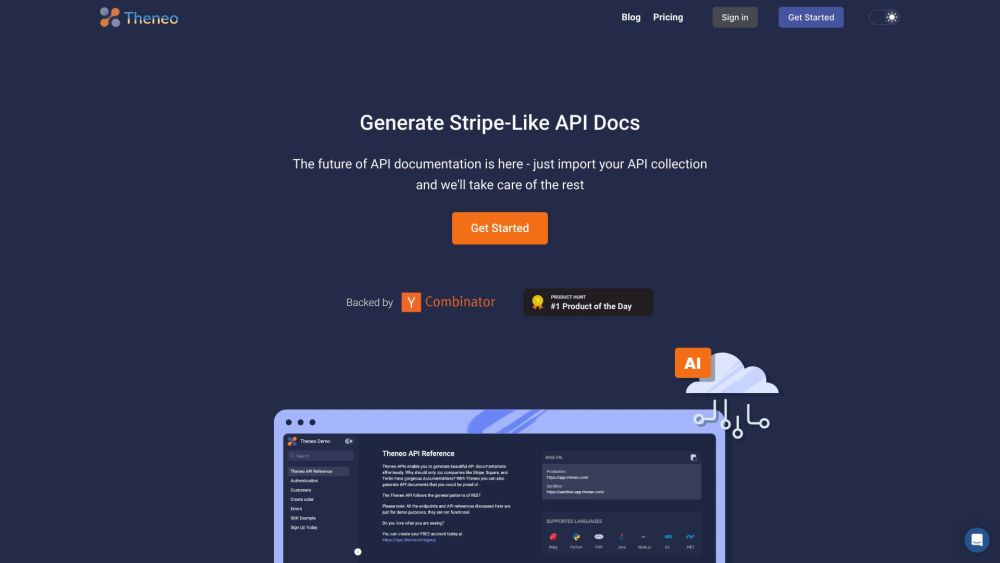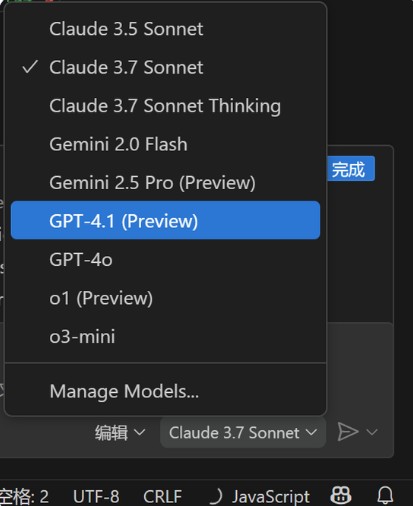
What is Substrate AI Inference Platform?
Substrate is an AI infrastructure platform that allows developers to build and run complex multi-inference AI workflows efficiently. It offers a comprehensive SDK with optimized AI models, vector storage, a code interpreter, and logical control flow capabilities. Designed to maximize performance for compound AI workloads, it optimizes parallelism, batching, and communication between nodes, enabling developers to create sophisticated AI applications with less code and infrastructure management.
Key Features of Substrate AI Inference Platform
Substrate is an AI inference platform designed to handle multi-inference workloads efficiently. It maximizes parallelism, throughput, and data locality, offering features like perfect parallelism, opportunistic batching, zero round trips, and near-instant communication between nodes. The platform includes optimized AI models, vector storage, a code interpreter, and logical control flow, allowing developers to build complex AI workflows with less code and higher performance.
Optimized Multi-Inference Execution: Automatically executes AI workloads to maximize parallelism and minimize latency and data round trips.
Integrated AI Tools: Provides a cohesive library with optimized models, file and vector storage, a code interpreter, and logical control flow.
Continuous Performance Optimization: Models are continuously optimized using the latest techniques, enabling high-performance execution on a single machine.
Zero Infrastructure Management: Allows developers to run high-performance AI programs without managing complex infrastructure.
Use Cases of Substrate AI Inference Platform
Natural Language Processing: Efficiently processes and analyzes text data for applications like sentiment analysis, language translation, or text summarization.
Image Generation and Analysis: Creates and analyzes images using AI models for tasks such as style transfer, object detection, or image classification.
Data Wrangling and Transformation: Transforms and structures complex data sets using AI-powered tools for data cleaning, normalization, and schema mapping.
Multi-step AI Research: Conducts complex AI-driven research tasks involving multiple models and data sources, such as analyzing trends or generating insights from large datasets.







